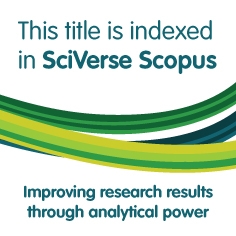
Author ORCID Identifier
Soojin Roh: https://orcid.org/0000-0002-4476-8631
Shubin Yu: https://orcid.org/0000-0001-7719-3056
Abstract
Three experimental studies demonstrate if, when, and how an organization involved in information system (IS) incidents can effectively strategize the use of emoji in its online communication. Theoretical foundations drawn from the stereotype content model, the psychological distance literature, and the situational crisis communication theory have informed the predictions. Among the Chinese, emoji in social media responses reduced psychological distance and alleviated anger, which had positive impacts on evaluations of the company involved in the incident. The impact was particularly evident when the business social media account (vs. the CEO account) employed emoji. Furthermore, emoji in incident responses signaled warmth and competence, while its impact was contingent on incident type. The positive emoji effect on competence was stronger when the company was deemed responsible for the incident indicating Chinese’ public appreciation for emoji as an additional communication effort for emotional disclosure and relationship maintenance. In contrast, people from the United States negatively evaluated the use of emoji in such responses, especially when the CEO facing an internally caused incident utilized it. This study is the first study to delineate differential understandings of emoji use and its competing effects on warmth and competence as cognitive underpinnings of contradictory emoji effects across different cultures. Our findings offer important theoretical and practical implications in digitally-mediated communication related to IS incidents.
DOI
10.17705/1CAIS.05627
Recommended Citation
Roh, S., & Yu, S. (2025). The Digital Language of Emotion: Cautions and Solutions for Strategic Use of Emoji in Responding Information System Incidents. Communications of the Association for Information Systems, 56, 675-719. https://doi.org/10.17705/1CAIS.05627
When commenting on articles, please be friendly, welcoming, respectful and abide by the AIS eLibrary Discussion Thread Code of Conduct posted here.


